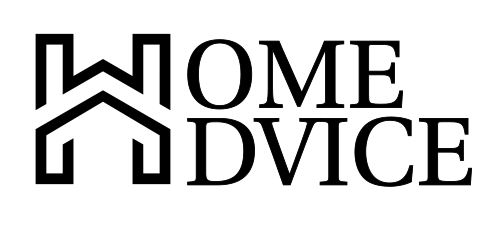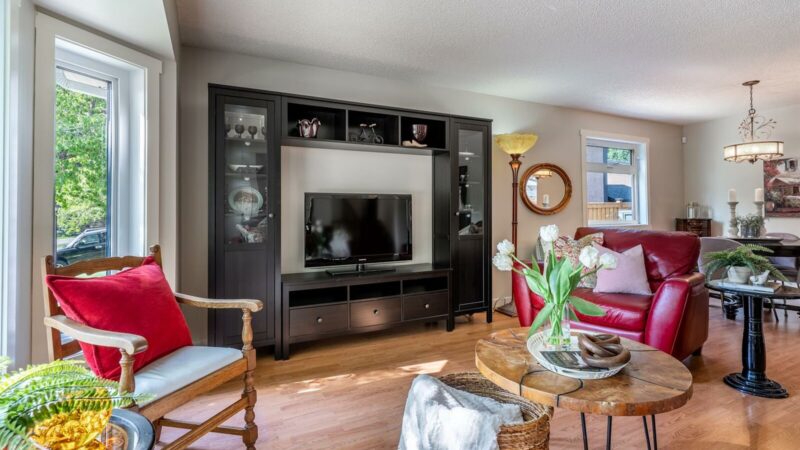Stop Foreclosure on your Property

Foreclosure Fallout: How to Bounce Back and Save Your Home
The word “foreclosure” carries a weight that echoes financial distress, uncertainty, and the potential loss of one’s home. This significant fear that people are facing constantly, especially in today’s high interest environment. Yet, in the face of this challenging circumstance, understanding the foreclosure process, seeking assistance, and exploring available options can empower homeowners to navigate these turbulent waters.
In this article, we’ll delve into the world of foreclosure, exploring the common causes, shedding light on the process, the emotional toll it can take, and steps to take for recovery and save your house from foreclosure.
What is Foreclosure?
Foreclosure is a legal process where a lender, typically your financial Institution or a mortgage company, takeover the possessions of a property from the homeowner in order to recovery the outstanding loan amount. When a homeowner fails to meet the agreed-upon payment requirements or falls behind on mortgage payment, then lender has the right to reclaim your property and sell it to recoup their losses. This process is done by forcing the sales of the homes which is used as collateral against loan.
Common Reasons for Home Foreclosures
Home foreclosures can be triggered by numerous financial problems that make it challenging for homeowners to meet their obligations. Some common reason that leads to foreclosure:
High Interest Mortgage Rates:
Foreclosure due to higher mortgage interest rates is a situation that many homeowners may find themselves in when interest rates rise significantly. Homeowners with adjustable-rate mortgages are vulnerable to interest rate fluctuations. If interest rates rise significantly, monthly mortgage payments can increase, putting strain on homeowners who may struggle to afford the higher payments.
Excessive Debt:
Accumulating high levels of consumer debt, such as credit card balances, car loans, or personal loans, can strain a homeowner’s overall financial health. When debt becomes unmanageable, it may contribute to difficulty in making mortgage payments.
Failure to Refinance:
Homeowners who are unable to refinance their mortgages during challenging economic times may find it challenging to secure more favorable terms. This inability to adjust the mortgage terms can lead to financial challenges and potential foreclosure.
Poor Financial Management:
In some cases, poor financial habits and mismanagement of finances can lead to foreclosure. Failure to budget effectively, overspending, and living beyond one’s means can contribute to an inability to meet mortgage obligations.
How to Stop Foreclosure on your Property
Avoiding foreclosure requires proactive measures and careful financial management. If you’re facing financial difficulties and fear foreclosure, here are several steps you can take to potentially avoid this distressing situation:
Open Communication with Lender
Contact your lender as soon as you anticipate difficulties in making mortgage payments. Explain your situation honestly and explore possible alternatives. Many lenders are willing to work with homeowners facing financial hardships to find solutions.
Explore Loan Modification
Loan modification involves renegotiating the terms of your mortgage to make it more manageable. This could include lowering the interest rate, extending the loan term, or adding missed payments to the end of the loan. Your lender may have specific programs to help homeowners modify their loans.
Forbearance Agreement
A forbearance agreement allows you to temporarily reduce or suspend your mortgage payments. This can be a viable option if you’re facing a short-term financial setback. Ensure you understand the terms of the forbearance, including how and when the missed payments will be repaid.
Repayment Plan
Work with your lender to create a repayment plan if you’ve fallen behind on payments. This involves spreading the overdue amount over a certain period, allowing you to catch up gradually while maintaining regular monthly payments.
Consider Reinstatement Solution
Reinstatement involves bringing your mortgage payments up to date by paying the total amount owing, including any late fees and penalties. This option allows you to restore your mortgage to good standing
and continue with regular payments. However, it may require a significant lump sum payment to stop the foreclosure process, allowing you to keep your home.
Frequently Asked Questions on Foreclosure:
How long does it take to foreclose a house?
In a foreclosure, the lender takes title to the property and all the equity in it. For this reason, it is recommended that the homeowner acts immediately to try to stop foreclosure. In general, a power of sale takes around 6 months to complete, and a foreclosure takes at least a year to complete.
Can you stop a foreclosure once it starts in Canada?
If you can come up with the full amount of principal, interest, and any fees owed before the property is sold, you can stop the foreclosure process from taking place even if it’s already started. This means that you could stop foreclosure up to the time the property is sold.
How can I save my house from foreclosure?
You may be able to avoid foreclosure by making arrangements with your lender, such as getting forbearance or agreeing to a loan modification. Other options may include refinancing with a hard money loan or reverse mortgage.
Conclusion:
Facing foreclosure is undoubtedly a challenging experience, but it’s crucial to approach the situation with a proactive mindset. By taking the right steps, communicating openly with your lender, and seeking professional assistance, you can increase your chances of bouncing back from foreclosure and preserving your home. Remember, every situation is unique, and there are resources available to help you navigate through this difficult time.
![]()








